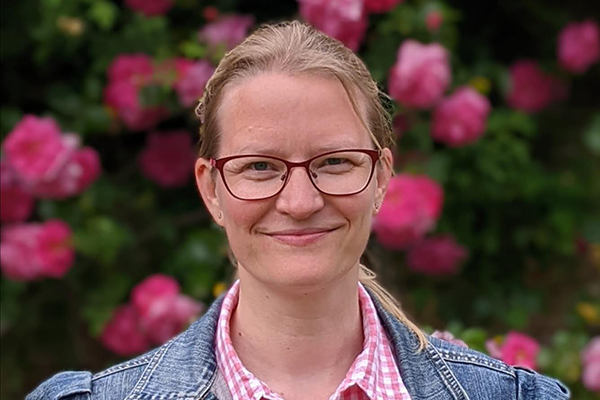Current research project (Daphne Jackson Fellowship 2022-2024): Contribution of root dynamics to carbon balance of agroforestry coffee plantations - a case study in Costa Rica
Accurate carbon budgets are important when estimating the potential benefits of reforestation programmes for climate change mitigation. Including crop specific data makes estimates more accurate. Coffee is an important crop, often grown in agroforestry systems considered to sequester carbon. However, little is understood about contributions of plant roots to the system carbon balance.
Carbon dynamics in agroforestry coffee plantations will be studied, in a long term experiment in Costa Rica. Carbon stocks have been previously estimated at the site, but without including root biomass and turnover. Results showed that large aboveground biomass alone cannot explain increased soil carbon storage in these agroforestry systems. The aim is to i) study belowground biomass and production, and how that correlates with soil carbon stocks and aboveground biomass, and ii) make carbon budget calculations, incorporating fine root dynamics.
Previous research (postdoc): Chemical fertility of forest soils: concepts, influencing factors and the definition of reliable indicators
Dr Hansson compiled a data base with data from 49 forest sites in France, Brazil and Congo. This included nutrient pools and fluxes, as well as tree growth data. She studied the relationship between soil chemical properties, as well as biogeochemical cycling at some of the sites, and stand productivity, with the purpose to increase understanding of forest soil chemical fertility. This work resulted in two research articles, published in the Journal Forest Ecology and Management in 2020.
Previous research (PhD): Impact of Tree Species on Carbon in Forest Soils.
Karna’s PhD thesis compared soil C fluxes and the accumulation of soil organic carbon under adjacent Norway spruce, Scots pine and silver birch stands growing on similar soils and examined the different processes involved. This was achieved mainly through field measurements of carbon pools and fluxes in southern Sweden, combined with respiration and decomposition studies in the laboratory. Soil carbon fluxes and the accumulation of soil organic carbon were found to differ between the three species, with the strongest differences in humus layers between spruce and birch, with pine intermediate. Species differences can be explained by differences in tree growth rate and decomposition. This PhD resulted in 8 publications.






